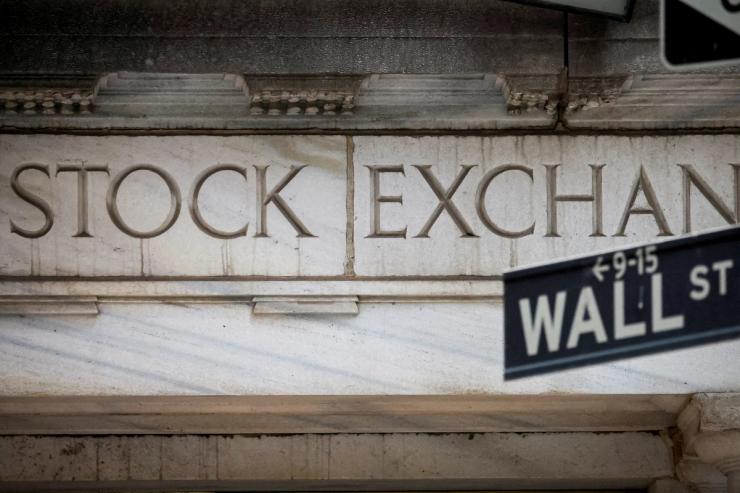The News
US stocks plunged Thursday and kept falling, as investors reacted to President Donald Trump’s sweeping tariffs announcement of at least 10% on all imports.
The Dow Jones Industrial Average tumbled more than 1,600, or 3.9% by market close. The S&P 500 index fell by nearly 5%, while the tech-heavy Nasdaq was down 6% at the end of the trading day. Meanwhile, the dollar fell against a basket of other major currencies, a six-month low.
Morgan Stanley analysts warned in a note that the tariffs significantly raise the risk to growth, while a “significant deterioration in asset prices remains an important risk to the outlook for consumer spending.”
SIGNALS
Trump’s announcement fuels recession fears
Donald Trump’s new levies — should they hold — are “not a mild stagflationary event,” but “a recession-producing turn,” an economist told the Financial Times: The effective US tariff rate on all imports will be 22%, the highest level since 1910, according to a Fitch Ratings economist, who added that “you can throw most forecasts out the door.” Given “the size and breadth of tariffs” on countries that supply basic goods to the US, “consumer prices are sure to climb,” The Economist wrote: The price of inflation-linked swaps suggests that America’s consumer prices index will rise by 3.6% over the next year. That could push the Federal Reserve — which held interest rates steady last month — to hold off on further cuts, a KPMG economist told Bloomberg, although traders still mostly bet on a June cut.
Investors are losing confidence in the dollar
The US dollar “is at risk of a broader confidence crisis,” the head of FX strategy at Deutsche Bank warned Thursday. The long-held orthodoxy that tariffs are dollar positive because they are inflationary and keep rates high may not hold amid “broad and growing international misgivings over the US,” the Financial Times wrote. And the dollar cannot benefit from its traditional status as a safe-haven amid fears of a US recession, a HSBC analyst told The Wall Street Journal. As the dollar weakens — and foreign holders of it lose money — “the full faith and credit of the US government [...] is impaired,” one economist told The New York Times. Donald Trump may like the idea of a weaker dollar making US goods cheaper to buy abroad, but his policies risk accelerating “the shift away from the dollar,” one economist said.
Trump’s policies threaten US jobs, consumers
Donald Trump’s tariffs promise to “liberate” Americans not from foreign exploitation, but “from robust real wage growth, low unemployment and a good chunk of their retirement savings,” an American Enterprise Institute analyst wrote. For one, “the model of manufacturing that underpins Trump’s approach simply hasn’t existed for the best part of 40 years and is not coming back,” one expert wrote: Tariffs threaten to hike production costs for US companies dependent on foreign intermediary goods, which account for around half of all US imports. The US services sector had already slowed to a nine-month low in March amid uncertainty over the tariffs, while business and consumer sentiment was also down. Economists should be on the “high alert for signs of recession,” one told Reuters.



